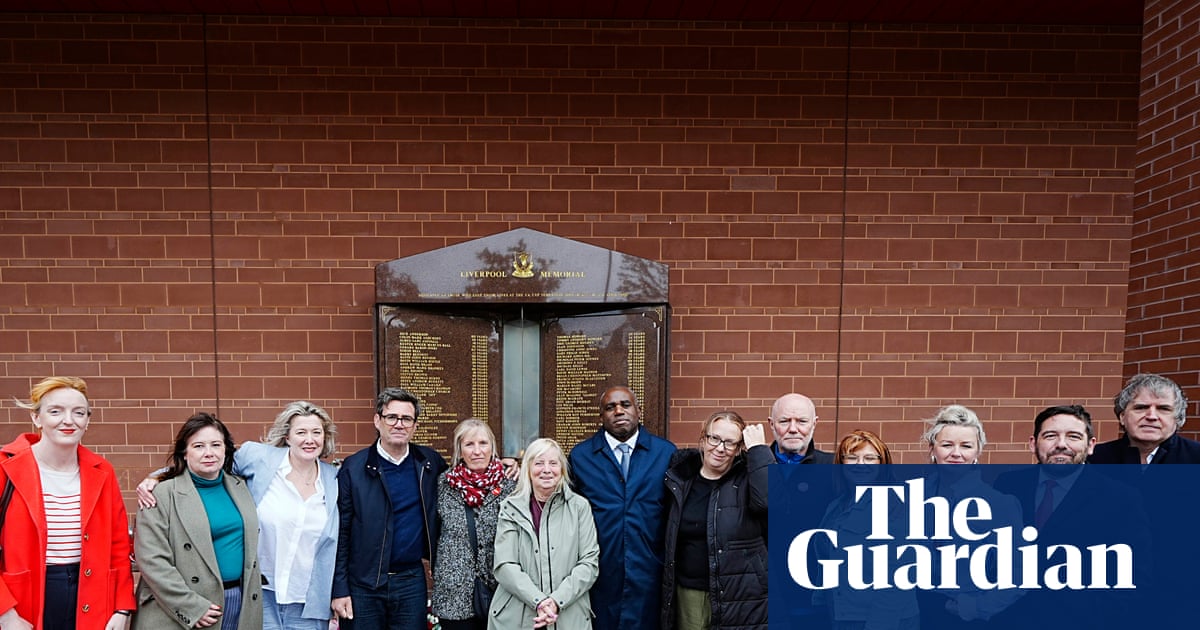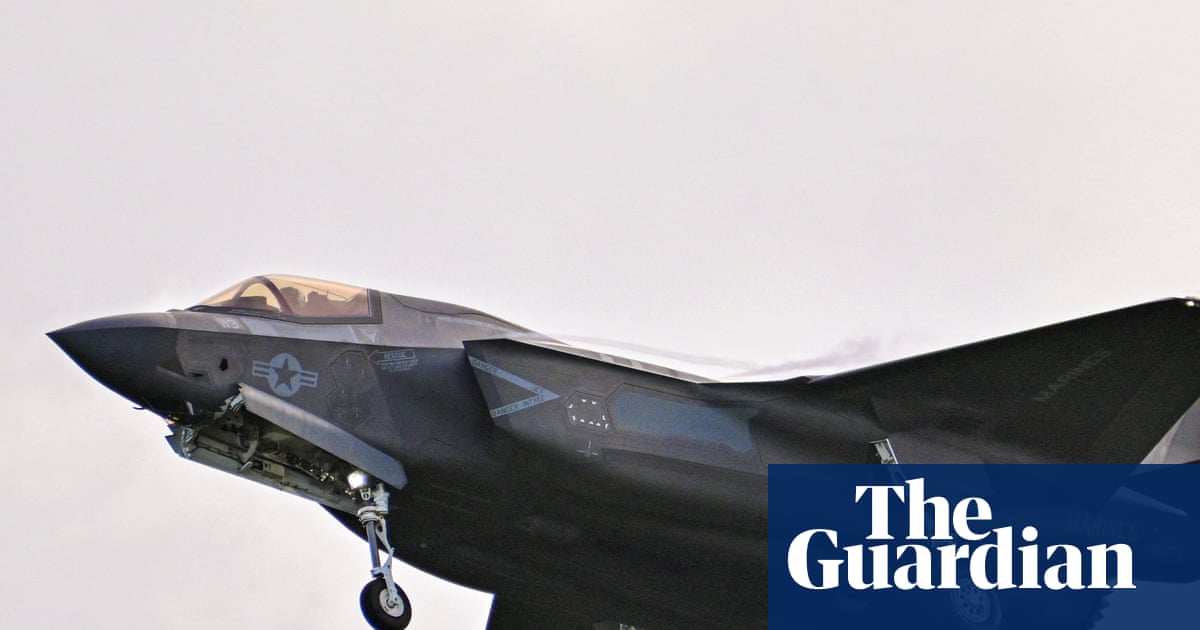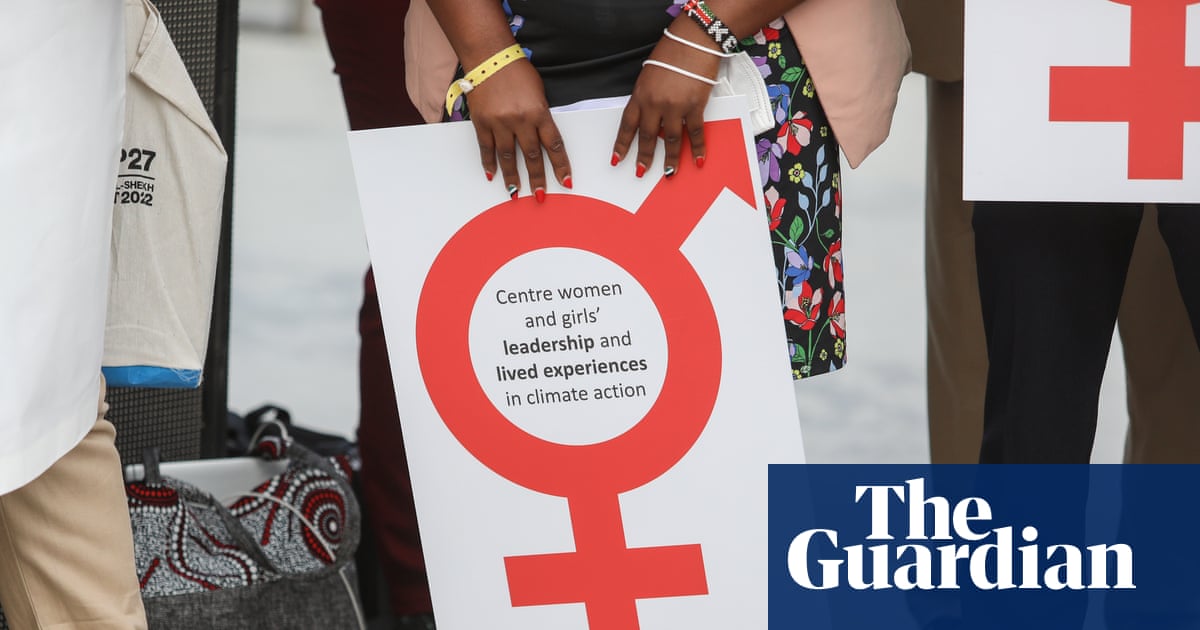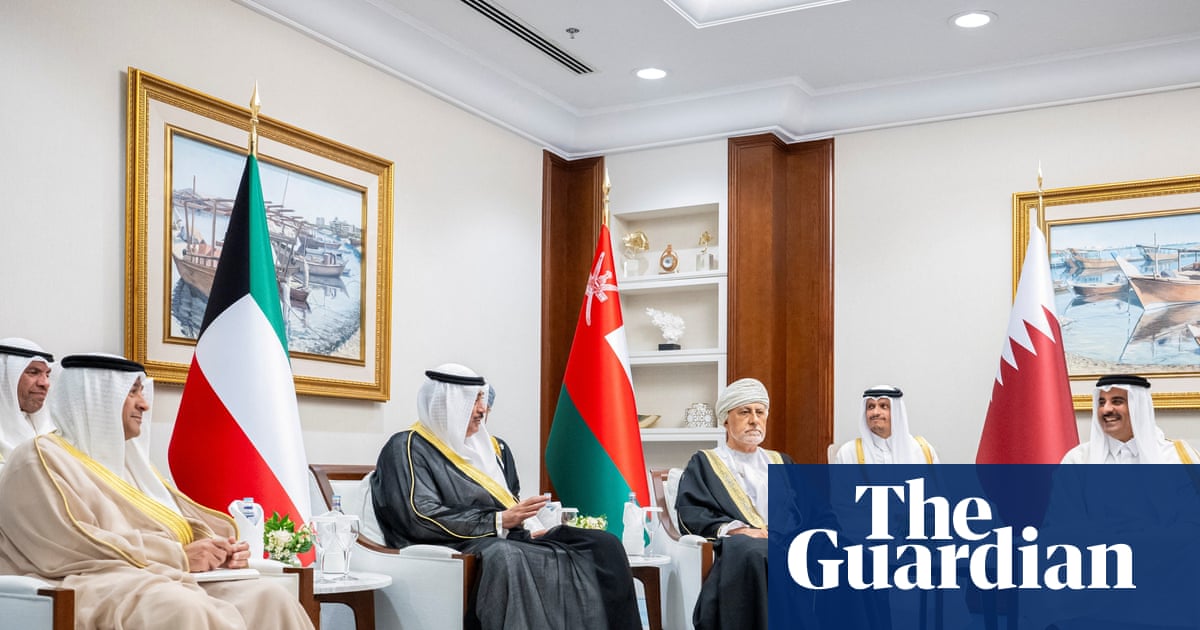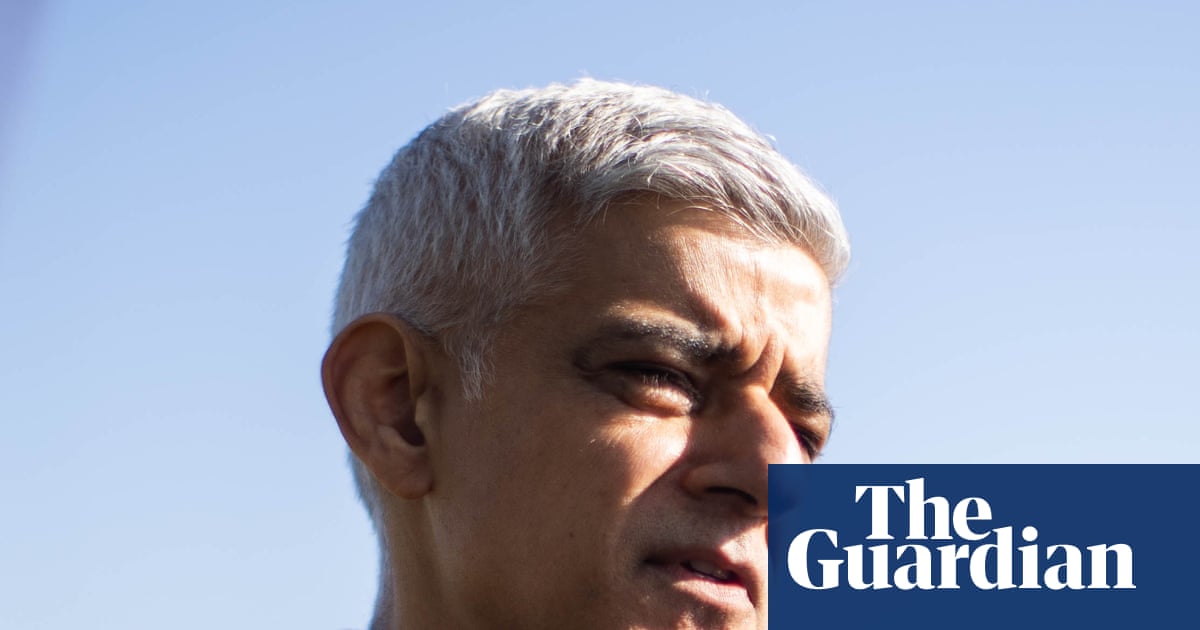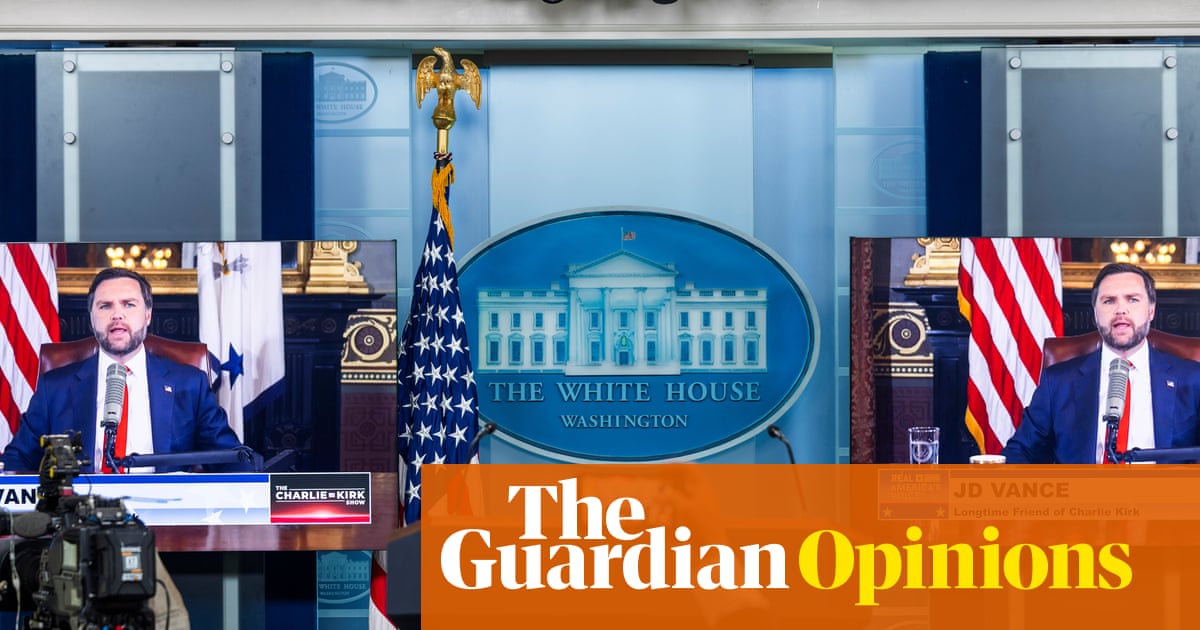The joint US-Israeli strikes on Iran over the weekend – targeting nuclear facilities, infrastructure and symbolic state institutions – reflect the bankruptcy of a decades-long approach to Iran that has hinged on pressure, coercion and destabilisation. This latest gambit appears less a strategic gamechanger than a desperate bid to regime-change Iran and prop up a rickety regional status quo built around unchecked Israeli dominance.
The timing of Israel’s initial surprise attack on 13 June was no coincidence. Israel’s prime minister, Benjamin Netanyahu – who has long sought to sabotage any prospect of US-Iran detente – appears to have steamrolled Donald Trump into the escalation he has always wanted. The result looks like a trap: Trump, once again, manoeuvred into a destabilising Middle East conflict that serves Netanyahu’s agenda far more than the US’s.
Although the joint strikes have caused significant damage, they have also provoked a swift response. Iran’s missile barrages are piercing Israel’s vaunted defences, sending millions into bomb shelters day and night, and exposing strategic vulnerabilities previously thought secure. Crucially, Tehran appears to have anticipated the US attack on the Fordow uranium enrichment plant over the weekend – reportedly removing sensitive equipment and sealing the site’s entrances ahead of time. Even senior US officials now concede that Fordow was not destroyed. Instead, they’re signalling a return to negotiations as the only viable path for addressing Iran’s enriched uranium stockpile – an implicit admission that there is no military solution to this problem.
The episode underscores a deeper reality: Iran’s nuclear infrastructure is designed to withstand precisely this kind of attack. Its dispersal, depth and scope mean that meaningful and verifiable destruction would require a full-scale ground invasion – repeating the catastrophic miscalculations of Iraq. Far from eliminating the threat, military escalation risks pushing Iran closer to weaponisation, while foreclosing the only durable solution: diplomacy.
Worse still for the US and Israel, the strike has failed to ignite mass revolt and regime change. Despite years of repression, many Iranians – secular and religious alike – now view their sovereignty, national identity and territorial integrity as under direct assault. A rally-around-the-flag effect is taking hold – not in support of the Islamic republic per se, but in defence of Iran as a nation confronting foreign aggression. The government, for its part, appears unified across political factions, emboldened by the belief that it has weathered the worst and can emerge more resilient.
Netanyahu’s bid to prop up Reza Pahlavi, the exiled son of the former shah, has only underscored the incoherence of the regime-change project – Pahlavi is seen as an out-of-touch relic of a bygone era. Bombing Iranian media outlets and civil infrastructure in a clumsy attempt to incite rebellion has only further discredited the effort.
The US, too, now finds itself at a crossroads. Trump’s national security team is split. Some advisers, such as the vice-president, JD Vance, have signalled openness to renewed talks, even suggesting negotiations over Iran’s enriched uranium stockpile. This is an implicit admission of failure – that coercion has reached its limit, and that diplomacy is the only viable path forward.
But diplomacy cannot succeed under the shadow of airstrikes and assassinations. Nor can it be sustained if the US continues to outsource its Iran policy to a militaristic Israeli government intent on perpetual confrontation – one whose core aim is to keep the US locked in endless conflict in the Middle East on its behalf.
Too often, US understanding of Iran’s nuclear behaviour remains filtered through the lens of alarmism, ignoring the strategic logic behind Tehran’s decisions. Iran’s nuclear programme is best understood not as an ideological crusade for the bomb, but as a calibrated instrument of deterrence and leverage. Iran has deliberately positioned itself as a threshold nuclear state – developing the infrastructure, enrichment capabilities and scientific knowledge needed to produce a weapon, but stopping short of actually doing so. This ambiguity was viewed as serving multiple purposes: strengthening Iran’s hand in negotiations; raising the costs of any attack; and maintaining strategic flexibility without crossing the line into open proliferation.
Indeed, Iranian officials have positioned their nuclear programme as a bargaining chip, not necessarily as an end towards nuclear weapons. At key moments, including during the negotiations at the 2015 joint comprehensive plan of action (JCPOA), they have demonstrated a willingness to place verifiable limits on their nuclear programme in exchange for credible security guarantees and economic relief.
The time has come for a sober reassessment of US policy in the Middle East – one grounded not in maximalist illusions, but in strategic balance. Iran is not a problem that can be bombed into submission. Decades of pressure have failed to produce compliance or collapse. Instead, they’ve entrenched resistance and accelerated Iran’s nuclear capabilities. Any strategy that assumes coercion alone will yield stability is not just flawed, it’s self-defeating.
Just as critically, Washington must reckon with the growing strategic costs of deferring to an increasingly uncompromising Israeli government. Rather than serving as a stabilising partner, Israel’s posture under its current leadership has become a liability – fuelling cycles of escalation, derailing diplomacy and entangling the US in conflicts that distract from pressing global priorities. A durable US strategy must prioritise regional equilibrium over unconditionally underwriting any one side, and reclaim decision-making in service of long-term US interests.
This moment demands a shift – not in tactics but in strategic vision. The Middle East cannot be remade through bombs and genocidal wars. If the US truly seeks stability, it must abandon the illusion of managing the region through Israeli supremacy, propping up pliant dictators and trying to regime-change rivals. That project has failed and the current war shows no sign of changing this. What comes next depends on whether Washington is finally ready to choose realism over fantasy.
-
Sina Toossi is a senior non-resident fellow at the Center for International Policy, where his work focuses on US-Iran relations, US policy toward the Middle East and nuclear issues
-
Do you have an opinion on the issues raised in this article? If you would like to submit a response of up to 300 words by email to be considered for publication in our letters section, please click here.

.png) 2 months ago
26
2 months ago
26
